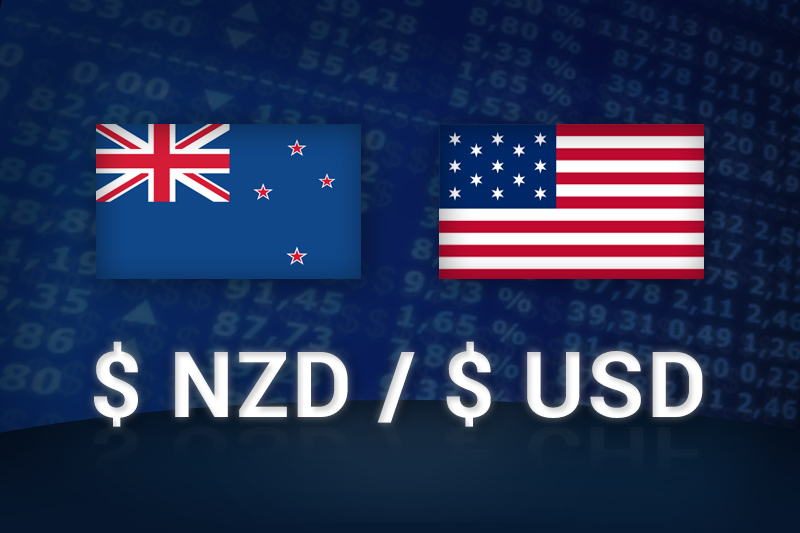Investing.com’s stocks of the week
Investing.com - The New Zealand dollar was steady against its U.S. counterpart on Monday, after news of an agreement on new ways to tackle the sovereign debt crisis in the euro zone left investors uncertain over the long term effectiveness of these decisions.
NZD/USD hit 0.8019 during late Asian trade, the daily high; the pair subsequently consolidated at 0.8016, inching up 0.03%.
The pair was likely to find support at 0.7936, the low of May 4 and resistance 0.8105, the high of May 3.
Risk sentiment was boosted after European Union leaders agreed on Friday to use the euro zone’s bailout funds to support struggling banks directly, without adding to national debt and also agreed to set up a joint banking supervisory body for the euro area.
In addition to the direct recapitalization of Spain’s banks, euro zone bailout funds will be able to purchase government debt in order to keep down borrowing costs.
EU leaders also agreed to devote EUR120 billion in stimulus to encourage growth and create jobs.
But market sentiment cooled on Monday, as details about how and when European leaders can put the newly agreed measures into practice still remained uncertain.
Investors were also eyeing the outcome of the European Central Bank’s policy meeting on Thursday, amid growing expectations for a rate cut to support the faltering economy.
Elsewhere, the kiwi was lower against the Australian dollar with AUD/NZD falling 0.17%, to hit 1.2761.
Later in the day, the U.S. Institute for Supply Management was to release a report on activity in the manufacturing sector.
NZD/USD hit 0.8019 during late Asian trade, the daily high; the pair subsequently consolidated at 0.8016, inching up 0.03%.
The pair was likely to find support at 0.7936, the low of May 4 and resistance 0.8105, the high of May 3.
Risk sentiment was boosted after European Union leaders agreed on Friday to use the euro zone’s bailout funds to support struggling banks directly, without adding to national debt and also agreed to set up a joint banking supervisory body for the euro area.
In addition to the direct recapitalization of Spain’s banks, euro zone bailout funds will be able to purchase government debt in order to keep down borrowing costs.
EU leaders also agreed to devote EUR120 billion in stimulus to encourage growth and create jobs.
But market sentiment cooled on Monday, as details about how and when European leaders can put the newly agreed measures into practice still remained uncertain.
Investors were also eyeing the outcome of the European Central Bank’s policy meeting on Thursday, amid growing expectations for a rate cut to support the faltering economy.
Elsewhere, the kiwi was lower against the Australian dollar with AUD/NZD falling 0.17%, to hit 1.2761.
Later in the day, the U.S. Institute for Supply Management was to release a report on activity in the manufacturing sector.
